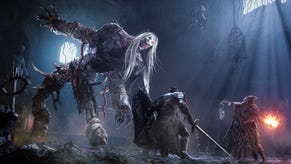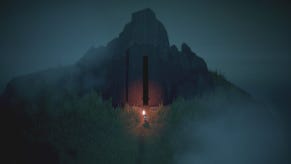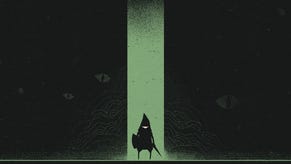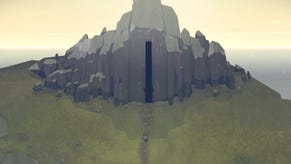The miniature mysteries of Below
How Capybara is mixing roguelikes and Zelda to brilliant effect.
Other indie games have had far more protracted gestations - The Witness, for one - but there's still been something drawn-out about development of Below, the dungeon-delving adventure with stylish miniaturised graphics from Capybara. First revealed at E3 2013 as an Xbox One exclusive, the game has only just been confirmed for a release - on PC as well - this summer. And though we've had a few intriguing glimpses of it over those three years, we haven't really learned a lot more about it in that time.
It's time for that to change - up to a point. I sat down with Capy's affable co-founder Nathan Vella at GDC earlier this month to talk about and play the game, and he was open about its lengthy development. "We knew we were revealing early, but we were off by a fair factor for how early it was", he said, citing Below's atmospherically crafted yet randomised layouts - "artist-driven procedural generation," he called it - as the thing that has proved hardest for the small Canadian studio to nail, taking no less than four iterations to get right.
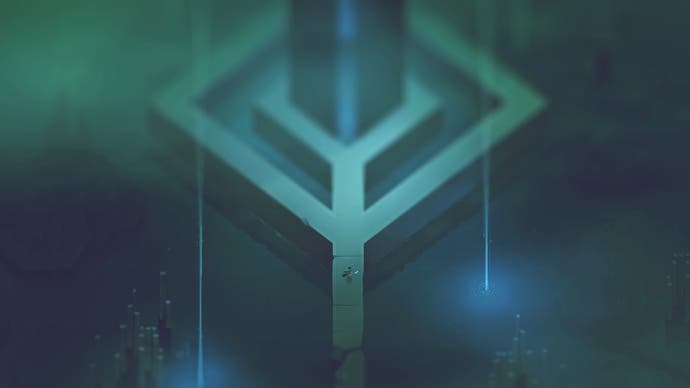
Vella explained the basics of how the game works, too, though it's clear that everything about Below is geared to preserving its sense of mystery. There's no instruction or text at all - beyond a controller map - as you guide your little armed wandered down through the foggy gloom, floor by floor, trying to stay alive as long as possible. You need to battle hunger and thirst as well as strange creatures, and if you are the victim of a sharp attack, you will bleed out unless you bandage or cauterise the wound. There's a simple crafting system that allows you to make items, and you can cook food of varying potency and effects. There's a range of weapons to discover, but you can only carry two at a time; combat is tense, focused on blocks, quick attacks, and twin-stick aiming. It plays like a more demanding version of a 2D Zelda game (complete with grass-cutting).
Below is also a semi-roguelike, or roguelike-like, or roguelite, or whatever - which is to say that death is a major setback, but not a total one. I'd say the main structural reference points are Spelunky and the Souls games. Each time you die, a new wanderer is born at the start of the dungeon and its layout is changed. You'll need to find your way back to your corpse (always roughly where you left it, even if the walls have moved) to recover your items - including the precious single magic lamp that lights your way, reveals traps and more besides. Shortcuts unlocked from the other side should ensure you make continued progress.
Below is gorgeous and dripping with atmosphere, and I really enjoyed its mix of swift, old-school action adventure with tough roguelike logic and lonely, meditative exploration. It feels as polished and sophisticated as you would expect from the developers at Capy, who made Superbrothers: Sword & Sworcery, Super Time Force and the magnificent puzzle battler Might & Magic: Clash of Heroes (one of my all-time favourites). To see and hear more, check out the video below, wherein Johnny and I have a chat about my experiences with the game over some lovely fresh footage.



